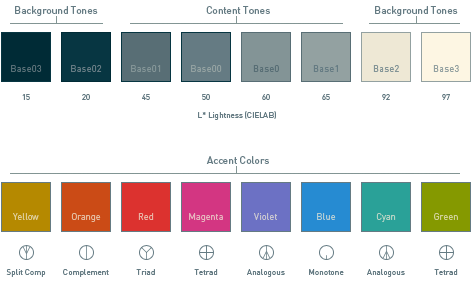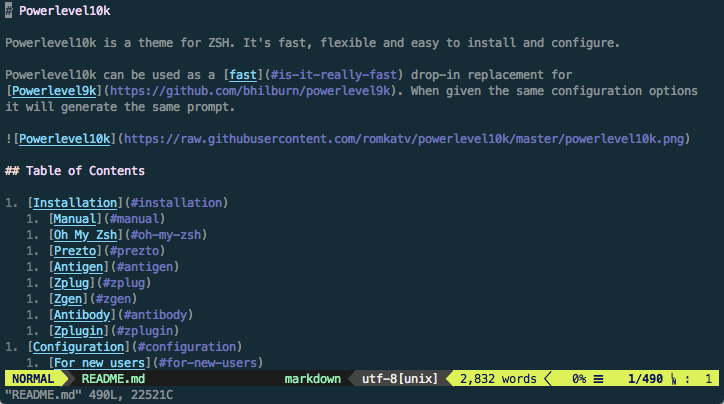Setting up your computer for Vim and Tmux often comes with a few issues. Here's how to manage plugins for Vim and use Tmux to boost your productivity, as well as settle a few common issues.
We'll install:
Setting up your computer for Vim and Tmux often comes with a few issues. Here's how to manage plugins for Vim and use Tmux to boost your productivity, as well as settle a few common issues. We'll install: Vundle - Plugin management for Vim; Solarized color scheme; Tmux - Terminal multiplexer. Vim, an open-source editor comes with a few color schemes installed by default. However, you can download and install a new color scheme if you are bored with the default color scheme or if you want to give a new look and feel to your code.
- Vundle - Plugin management for Vim
- Solarized color scheme
- Tmux - Terminal multiplexer
We'll also figure out some issues Mac and Tmux have with showing 256 color themes.
Install Vundle

You can install Vundle by cloning it:
Configure Vundle
Once installed, you can configure it.
And follow the installation directions by editing your ~/.vimrc file:
Once this is setup, you can open a new instance of vim and run :BundleInstall:
You'll get a confirmation 'Done' message on the bottom of your screen if all goes well.
Add Solarized Color Theme
Next, we'll add the Solarized color theme. Vundle makes this really easy. Simply add the Github repository name in ~/.vimrc:
Now that we've added the solarized theme, we need to have Vundle install it.

Now open up your Terminal (iTerm2 or Terminal app). If you're on a Mac, you may see something...ugly. I had a terrible background and the colors were completley off. I didn't have 256 color enabled.
Here's what I saw:
To fix that, I finally came across this StackOverflow question, which had the answer waiting.
Change your ~.vimrc settings from above to the following:
Once you start up a new instance of Vim, you should see your new, colored vim!
Onto Tmux!
Let's up our game and get Tmux into the mix. We can use Tmux to open up multiple 'panes' within our shell.
First, install it. On your Mac, you can use Homebrew:
Ubuntu or Debian users can user apt-get:
Great. Now, colors are also an issue when running Vim within Tmux. Let's fix that. Create or edit the file ~/.tmux.conf:
Now we're ready to use Tmux. Start up a new Tmux session:
Next, split the screen vertically so we have 2 panes with this keyboard shortcut:
You can switch between panes with this shortcut:
You can then open up separate files in each! (Or do ... anything really).
More Tmux
Tmux has Windows, and within the Windows it has Panes. Each Window consists of a set of 1-n Panes.
Tmux also has Sessions. A collection of Windows/Panes live within a Session. You can detach from a Session, leaving it running in the background. You can later re-attach to it, and continue working. This is how people pair program.
Split Screen into 2 Panes:
Split current Pane horizontally into 2 Panes:
Switch between Panes:
Set Color Scheme Vim
Create new Window:
Switch between Windows:
Detach from Session:
Re-attach to a Session:
Create a Session:
Switch between Sessions:
Switch between Sessions within Tmux:
List Sessions:
Mac Vim Monokai Color Scheme
List all commands:
Scripted!
Vim Color Scheme Maker
You can run this bash script on your Debian or Ubuntu server to run the above Vim+Tmux configurations. This might conflict with anything you currently have in your ~/.vimrc or ~/.tmux.conf files (If they already exist). Back them up first.
Vim Color Scheme Dark
Further Reading:
